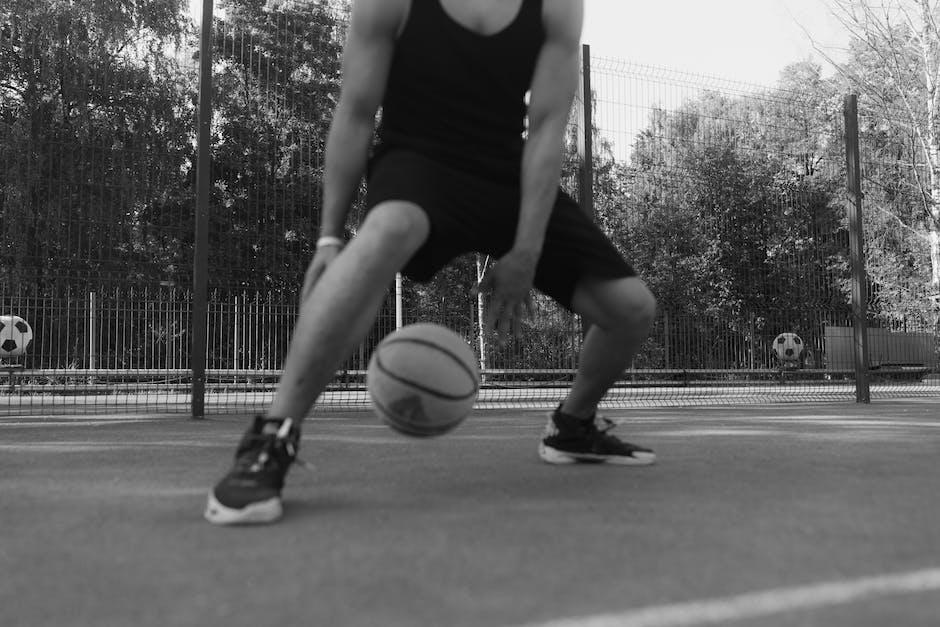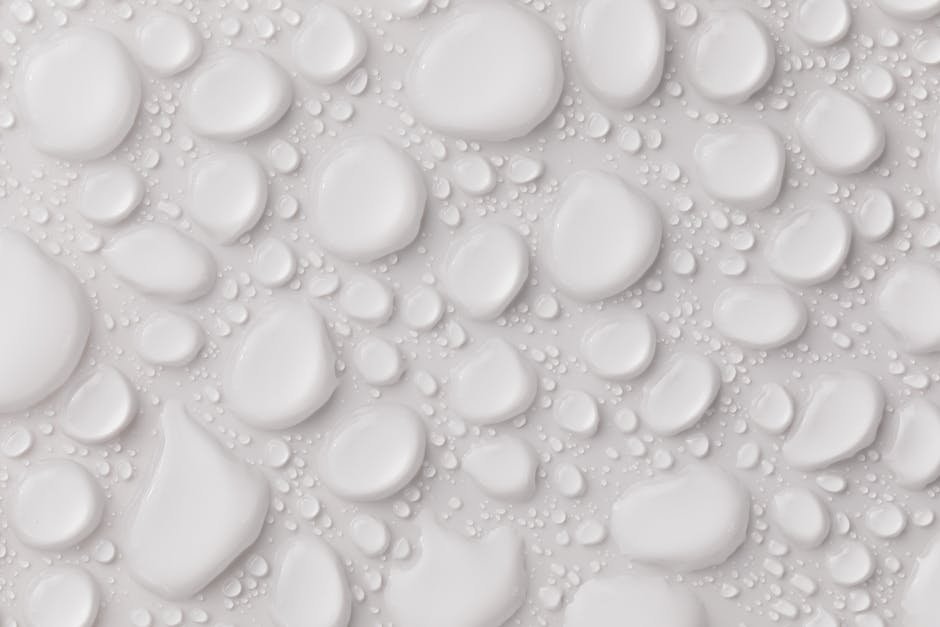These days, people are very conscious about their food choices. More and more restaurants offer different types of seafood as options for lunch or dinner. Some even have vegetarian or vegan dishes on the menu!
Many people enjoy eating fish so much that they develop an attachment to specific species. They will learn what kind of foods taste best with certain kinds of fish and which ones should be avoided.
Popularity of Crayfish and Lobster

Both crayfish and lobster are popular seafoods that many people enjoy. There is an endless number of ways to prepare them! People love eating these crustaceans because they taste good and they can be prepared in a variety of ways.
Most people know how to cook lobsters, but few people actually eat them. More and more restaurants offer low–lobstery dishes like crays or grilled ones with just butter and bread.
Cooked crawdads (aka crayfish) have also become very popular in both cooked and fresh form. They are often eaten as a snack or appetizer and are sold dried and/or salted for later use.
Not only do most people enjoy eating them, but some even consider them culinary treasures since there are so many different recipes and techniques for preparing them.
Nutrition differences between Crayfish and Lobster
Both crayfish and lobster are considered shellfish, which have strong flavors that some people do not like. This is because of how their shells or exoskeletons taste.
The nutritional value of lobster varies depending on what part you choose to eat. The most popular way to cook lobster is butter-melt style, where it is cooked in olive oil and butter. These oils contribute more to the flavor than the meat does!
Crustaceans are very rich in zinc, vitamin A, and omega-3 fats. Zinc helps keep your skin healthy and vitamin A aids in vision health. Omega-3s help improve heart function and reduce blood triglyceride levels.
There are two types of omega-3s found in crustacea: linolenic acid (LA) and arachidonic acid (AA). LA comes from plants whereas AA comes mostly from seafood.
You should strive to include both sources of omega-3s in your diet every day. You can easily add them into your meals via recipes or supplements.
Fast and slow eating

While both crustaceans are considered seafood, there is a slight difference in how they are cooked. Most people associate lobster with having to wait for it to be done because it takes longer to cook than most other foods. That’s not the case when it comes to cooking crayfish!
Crayfish have a much faster rate of metabolism so they taste just as good slightly undercooked. This doesn’t mean you should throw one away if it isn’t totally white but make sure to let it die down before consuming it.
Overall, try to eat some crunchy, buttery crays once in a while! They’re also great dipped into melted chocolate or cocktail sauce.
How to cook lobster and crayfish
Cooking lobster or crayfish can be tricky because they are both classified as shellfish, which means they contain trace amounts of venom that could potentially cause an allergic reaction in some people.
Lobsters have claws so they must be cooked slightly longer than crays, but either way, you should always check them every 5-10 minutes after boiling to make sure they do not taste raw!
Once they are cool, cut each one into individual pieces to ensure no poison was left behind. Never eat raw meat even if it is just for one piece.
Not only does this pose a health risk, but also there is a rumor that eating lobster can increase your heart rate, causing someone with known arrhythmias to experience sudden death. This has been proven false though!
Never worry about whether or not a recipe calls for lobster or crayfish – unless the instructions say to add them at the very last minute when they are cooking, then dont! They will likely spoil if done that way.
What to serve with lobster

Most people know what to do with fresh or cooked lobsters, but less known is what you should actually eat them with! The most common appetizer for raw seafood that does not require cooking is called crayfish.
Crayfish are similar to live shrimp in that they both grow legs as they mature. However, where one may cook their soft-shell crawdads, there isn’t much you can do with a lobster other than roast it or boil it.
That doesn’t mean you cannot enjoy your lobster however! You can season it and then simply butter or olive oil (or sometimes melted cheese) and salt and pepper and toast it under the broiler until it is hot and delicious!
Another way to eat lobster is boiled either with rice or pasta or mashed potatoes and vegetables of your choice.
What to serve with crayfish

While many people enjoy eating lobster, it can be very expensive! Luckily, there are other seafood that you can make into crays that are not too much costlier than lobster.
One of these alternatives is called “lobster” which is actually spelled with an s instead of a z. This variant does not use large claws or a hard shell like true lobsters do, but they pack in all of the flavor of lobster!
Another alternative is crayfish which also does not require a shell. They are similar to land-based crabs in that they come from aquatic habitats and eat things for food.
What to drink while having either lobster or crayfish depends mostly upon what kind of atmosphere you want to create. If you love strong flavors, then have some watermelon juice or tomato soup to wash down the meat.
Helpful tips for eating lobster
While not every part of a lobster is considered edible, some parts are! The claws can be boiled or broiled as snacks or cooked in recipes. The tails can be grilled or sautéed and made into an appetizer or snack.
The hardest part to eat is usually the meaty body tissue that makes up most of the shell. This hard, thick cuticle (outer layer) is referred to as crayfish. To eat this you need to scrape it off with your fingers or use special cracker–like tools called pincers.
Once this has been done, wash the lobster thoroughly to remove any leftover bits. If you like, you can toast the shells to make them more flavorful.
Helpful tips for eating crayfish

While not common, some people are very passionate about eating crays! If you are one of these individuals, here are some helpful tips to know before diving in.
First, make sure your source is reliable. Only buy them from reputable vendors that have clear pictures and descriptions of what kind of ingredients they use.
Second, make sure to wash all equipment used to prepare the crays thoroughly. This includes cooking trays, serving dishes, and utensils.
Third, do not stick your hand into the pot containing the cooked crays or ingest any wet fingers or hands. Some sources recommend washing your hands for twenty minutes after doing so!
Fourth, remember that while most recipes call for butter as an ingredient, many restaurants don’t actually require it unless you ask for their recipe. Many chefs choose to omit it because they find the flavor outweighs the slight nutritional value it adds.


















